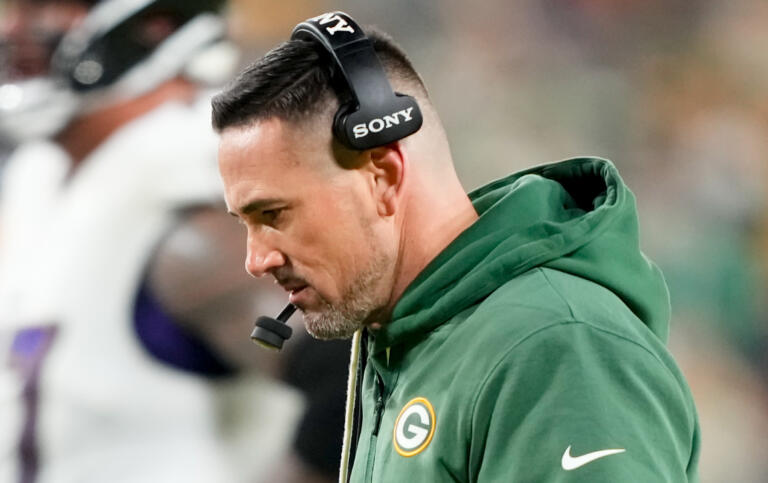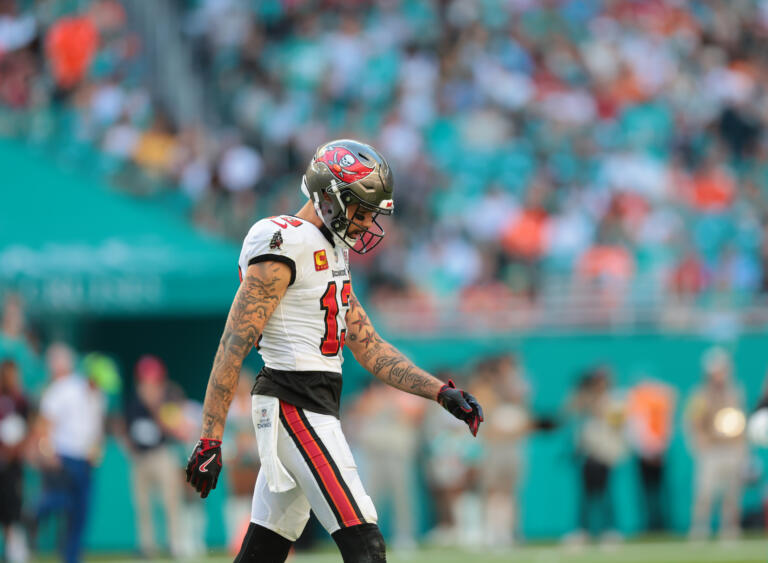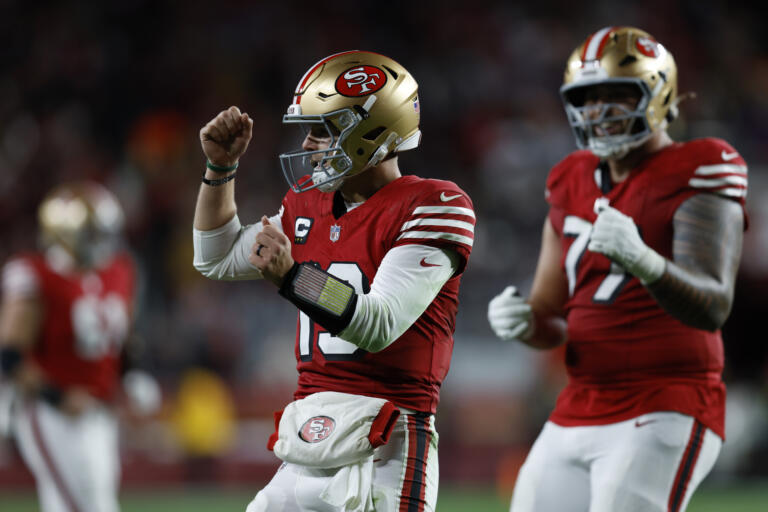Have you ever witnessed a major shift in an age-old system and wondered about its implications? That’s exactly what’s happening in college football with the advent of the transfer portal and the introduction of NIL (Name, Image, and Likeness) payments. It’s a seismic shift akin to the NFL adopting unlimited free agency without a salary cap. These changes are reshaping the landscape of college football, and opinions are divided on whether they are beneficial or detrimental to the sport.
The transfer portal, now buzzed with activity, has turned college football into a whirlwind of player movement. It’s like a game of musical chairs where players seek new opportunities, often driven by the prospect of lucrative NIL deals. This new dynamic has introduced a level of uncertainty and fluidity that was previously unknown in college football. Teams are now not just recruiting high school athletes but also keeping an eye on the transfer portal for potential additions to their rosters.
On one hand, NIL payments and the transfer portal empower athletes, giving them more control over their careers and financial futures. It’s a step towards recognizing their contributions and the revenue they generate for their institutions. This empowerment can be likened to a chess game where the players, previously pawns, are now empowered to move more freely and strategically on the board.
However, there are concerns about the impact on team cohesion, the traditional recruiting process, and the overall spirit of collegiate sports. With the focus shifting towards personal gain and financial incentives, some worry that the essence of college sports as a breeding ground for teamwork and school spirit might be diluted.
Moreover, NIL deals and transfers come with their own set of complexities. Athletes need to navigate contracts, fulfill obligations, and manage relationships with collectives and brands. The scenario where a player might face legal action for breach of contract upon transferring adds another layer of complexity to their decision-making process.
In conclusion, the changes in college football, marked by the transfer portal and NIL payments, have ushered in a new era for the sport. While they offer greater freedom and financial benefits to athletes, they also introduce challenges and uncertainties that were previously unheard of in college sports. Whether these changes are for the better or worse is a matter of perspective, but one thing is clear: the landscape of college football is changing, and it will be fascinating to see how these changes unfold in the seasons to come.








